Many people have told me that some of their favorite blog posts from all the 2000 over that I have written, are from the “The Meaning Of…” series. I have written a few so far:
These are some of my favorite too. Recently I read the trending book called Ikigai: The Japanese Secret to a Long and Happy Life. I have my very own definition of Ikigai, but let’s reserve that for another time. What I want to say is that, sometimes I really learn so much from just researching about one single Japanese word that carry such profound, sophisticated meaning.
Today I want to talk about the meaning of Omoiyari. This topic actually came about when I read up on how the diaper which Sakura is wearing now – MamyPoko, is made with Omoiyari. But I’ll come to that later.
First, what is Omoiyari?
Omoiyari is a Japanese custom which means to be caring, considerate and compassionate towards others’ needs. It sounds simple as that, but just like Itadakimasu and Mottainai, this word carries a far deeper meaning, in every single aspect of a daily life and in all layers of society in Japan.
If you have been to Japan before, or even use a Japanese product, or visit a Japanese restaurant, or a Japanese hair salon, you will definitely have had experience the Japanese-style Omoiyari before in some form. I probably can write a book about this alone haha. Think of the plastic covers for umbrellas provided at the entrance of a shopping mall during rainy days. The basket provided in restaurant where you could put your bag instead of hanging it on the back of chair or place it on your lap. The shelf at combini cashier where you could rest your handbag while digging for your wallet. The blanket to cover your lap and keep you warm when you wash your hair in the salon. The arrows to indicate where people should line up in the subways. The people who automatically stand on the sides of the doors so that passengers from inside the train can easily alight to facilitate a smooth traffic flow. The people who wear face masks as so they don’t spread the flu bugs to other people…
They are all omoiyari.
And I’m really happy to know that some of these Omoiyari spirits have started to be practiced outside of Japan too! (I love SG’s subways!)
Sometimes it is overwhelmingly heartwarming, sometimes it is subtly inspiring, but it all comes from wanting to be sincerely considerate to the people around you and providing the best for your customers.
Let me illustrate a few examples of Omoiyari that I have encountered that left deep impressions in me…
1. Genius chair storage

Discovered this in my trip to Japan a few weeks ago. It’s not a new concept, though. Many Yakiniku shops provide bag and jacket covers so that your belongings don’t smell like a BBQ feast. It’s just that the ideas keep getting newer and more creative, I am forever inspired and excited to see to which extend Japan can go next with their Omoiyari practices.
2. Paper bags at retail stores
So once I went shopping in Franc Franc in Aoyama, Tokyo. I bought quite a lot of goods so the cashier placed it in a big paper bag and layered it in another paper bag for double protection, and before she passed the bag to me, she taped a soft, plastic wrap on the paper bag’s handle. I was like… why…? The moment I held the paper bag in my hand, I immediately understood why.
Have you ever held paper bags so heavy that your palms end up hurt from the roughness and weight of the handles pulling against your flesh? Yeap. This soft wrap is to prevent that from happening. I was so overwhelmed by this that I almost had wet eyes lol. Not exaggerating haha.
Of course other than this, the cashier also offers a plastic cover for your paper bag during a rainy day (so that it doesn’t get wet), and if you already carry a few paper bags with you, they will offer a bigger paper bag so that you can put everything inside!!! The level of omoiyari is remarkable.
3. Rain cover for Geta (traditional clogs for kimono wear)

I blogged about this in my previous blog post during my visit to Kanazawa.

How is this not a super genius innovation based on Omoiyari? Not only it prevents the wearer’s feet from getting wet, it also protects the Geta from water damage, WHILE preserving good aesthetic for the entire outfit as you can barely notice it. This is definitely first class Omoiyari.
4.The girls in the bus
Sometimes Omoiyari also means to be less self-centered and more aware of what’s happening around you.
I remember my girly trip to Tokyo with a few fellow bloggers many years ago. We landed in Narita, and excitedly took the limousine bus to get to our hotel in Shinjuku. A girl friend and I picked the seats behind two young girls (maybe high school students), and the moment we sat down, they carefully put their seat back up right from their original comfortably reclined position. I knew that it was so that the reclined seats won’t bother the passengers behind (although we would have been totally fine with it).
Omoiyari coming from two teenagers, I felt really touched and slightly ashamed at the same time. I used to be the person who, at the very moment the seatbelt sign turns off on an airplane, immediately reclines her seats to the very maximum. >.< So much to learn from this episode! Nowadays, I still recline my seat (imagine the torture if you don’t! haha), but I copied what other Japanese passengers do – to check if the person behind you is already resting, and is not using the folded table for eating/reading, before I gently and slowly recline the seat back. I hope more people can practice this simple act of Omoiyari because so many times I get a shock from the sudden jerk (I mean the action, not the person 😂) of the seat in front of me.
5.Tidying up your table in restaurants
This stretches beyond just putting back the food tray in fast food chains. The first time I saw the danna do this when we first started dating, I thought he was borderline OCD. But then soon I realized that every other Japanese diners are doing the same thing.
Well, he is one who savors his food without complaints (itadakimasu), and would gobble up everything without wasting even if he is too full (mottainai). As soon as he finishes a meal, he begins stacking all the bowls, plates, and beverage glasses (usually all empty, apart from fish bones, leftover gravy and squeezed lemon slice) back into the food tray (if there’s one). After he is done with that, he starts to wipe the table clean with the wet napkin provided earlier. At first I was puzzled. Isn’t this the waitstaff’s job??? Why is he doing all this on their behalf?? (And I am used to hearing justifications from people around me who habitually litter, saying that if they keep the streets too clean, all the cleaners will lose their jobs so they are actually contributing job opportunities to the country by throwing cigarette butts on the floor 😱.)
Coming from the service line all of his life, I guess he should know best. Stacking the utensils is so that the waitstaff can swiftly bring it away and serve the next customer. Cleaning up the mess left on the table is… well, your responsibility as a well-mannered customer. Don’t you remember the sign you see in aircraft wash room? “Kindly wipe the basin for the comfort of the next passenger”. Yes we are the paying customer, but a little Omoiyari goes a long way, around and back to you.
The danna’s Omoiyari is really on a whole new level. We often had to quickly finish our piping hot bowl of noodles in a tiny ramen shop (especially when we are with the kids as we are taking up three or four spaces for less than 3 pax’s order) because he sees a queue starting to form outside. After a night in ryokan or hotel, he will make the bed, fold the used towels, and put away all trash appropriately. After marrying him for 6 years, I have formed the habit of picking up every single food bits and wipe off spilled drinks on the table, sofa, sometimes even floor tiles that my babies intentionally or unintentionally fling off the dining table in various restaurants. At first it is a little tiring to have to care about all these little details… but you get used to it. I like having Omoiyari. It teaches us responsibility as a caring individual.
6. The awesome packaging
Japanese packaging are so awesome that I wrote a blog post about it. These packagings are designed not just to be pretty or cool, but stem from the concept of Omoiyari for (let me quote myself from that blog post-) the convenience, comfort and happiness of the person who is using it. It is made with heart and love (and some mad creative skills).
Just to add one more awesomeness to that list – these are the socks for babies from UNIQLO.


(Sakura was 6 months old back then ^^)
Instead of the sharp metal clips that may accidentally hurt or the annoying plastic thread which you have to cut off (and breaks into two which more often than not you end up not being able to find either piece), it uses a soft paper sticker to tape the socks together.
Also, if you haven’t noticed already, all UNIQLO’s baby wear are individually sealed in a plastic cover. This is to keep the products protected from any external factors during storage and prior to selling. There’s also a warning seal at the opening with “DO NOT OPEN” written. This is to deter the products from being opened prior to purchase and being contaminated with any airborne chemicals. I like the care they put into their products especially for our fragile little humans.
Something so so small that seems insignificant, but I find endless inspiration from little things in life like this.
7. MamyPoko designs
And yes, MamyPoko!! In my previous post, The Secrets of Japan-Quality Baby Care, I discovered how MamyPoko are designed to make a baby happy.

Having most of the things in my home Japan-quality and after using Japanese products for so many years, I truly believe that when science and technology are guided by a heart that sincerely cares, the results will be special and inspiring. There are so many mindblowing products I have encountered based on this concept!
Coming from a Japanese company, MamyPoko embodies Japanese values, and Omoiyari is the key to the science and design behind this No.1 baby diaper in Japan. And extra Omoiyari is especially needed for babies since they can’t talk yet!

And because of this desire to care, a diaper that is effortlessly convenient for mommies and reassuringly comfortable for the babies is born.
Here’s how Omoiyari has helped design some of the key features of MamyPoko Air Fit:
Air Silky material
Did you know that a newborn baby’s skin is only half as thick as an adult’s? 😱 And to truly care for baby’s ultra delicate skin, Air Silky material is specially designed with micro-fiber that is luxuriously soft as silk.
Babies feel happier because they are in better comfort. And how do we know this? By measuring the baby’s cerebral blood flow using Near Infra Red Spectroscopy – when a baby feels comfortable, cerebral blood flow increases. It showed that babies’ cerebral blood flow is 6 times higher when they are wearing the new material!

(Sakura trying to help Stella Lou put on a new diaper before putting her to bed.)
2. 3D shape for all stages
MamyPoko Air Fit is also designed to fit your growing baby at different stages. The tape type has a 3D shape that delicately conforms to a newborn baby’s C curve and it prevents leakage without fitting too tightly.

From the tape-type for a newborn to the pants-type for active walking toddlers, they are designed differently so that the diaper follows baby’s movement and wraps around baby’s body snuggly.
I thought that as long as it absorbs well and maybe look slightly cute, a diaper has done its job enough.
After all it’s disposable, not something so precious that you can keep for years and make it your heirloom lol (a soiled diaper would indeed make the worst heirloom ever lol). But it looks like even for something as short-lived as a diaper, the Japanese can’t settle with less than immaculate. And designing the perfect diaper takes more than just good absorption and attractive designs. So much scientific research and caring thoughts were put into making sure that every minute that the baby stays in the diaper is comfy and happy.
I think that’s admirable. I want to thank everyone who has ever helped design good things that help make my life happy and convenient.

Happy baby, happy mommy.
Japanese dedication to providing ever-improving high quality products just never ceases to amaze me. I’m really happy that I’m supporting brands that truly cares for its customers’s wellbeing and happiness. ^^
Do share with me if you have encountered any Omoiyari from your experiences. ^^


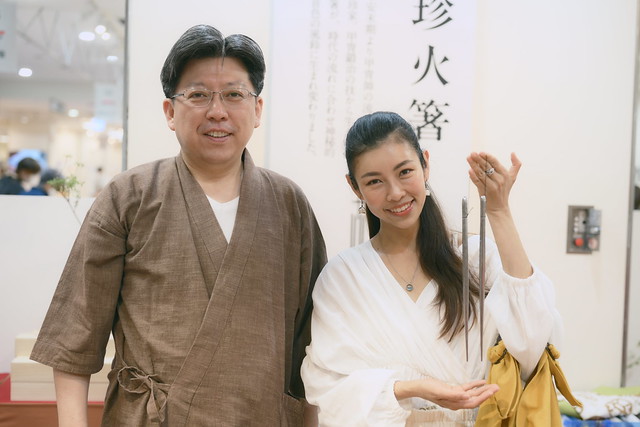
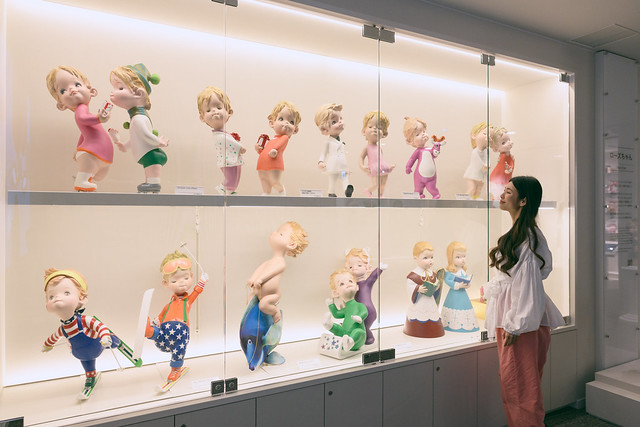
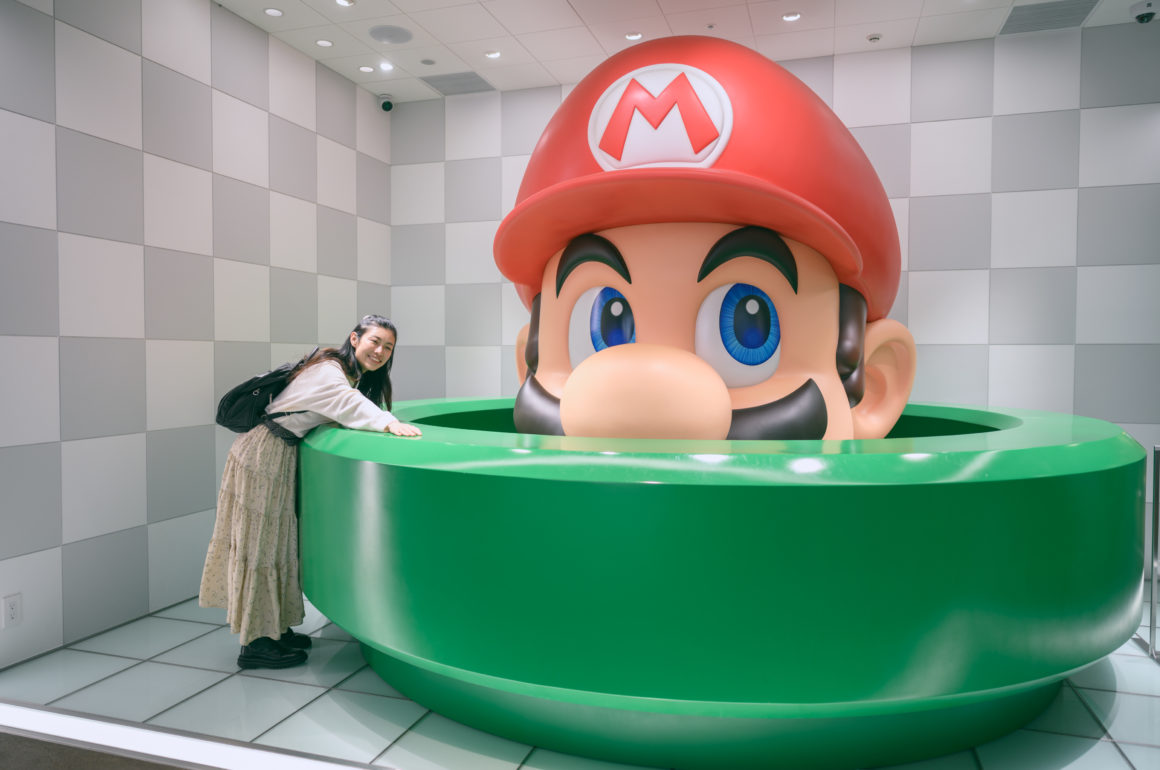
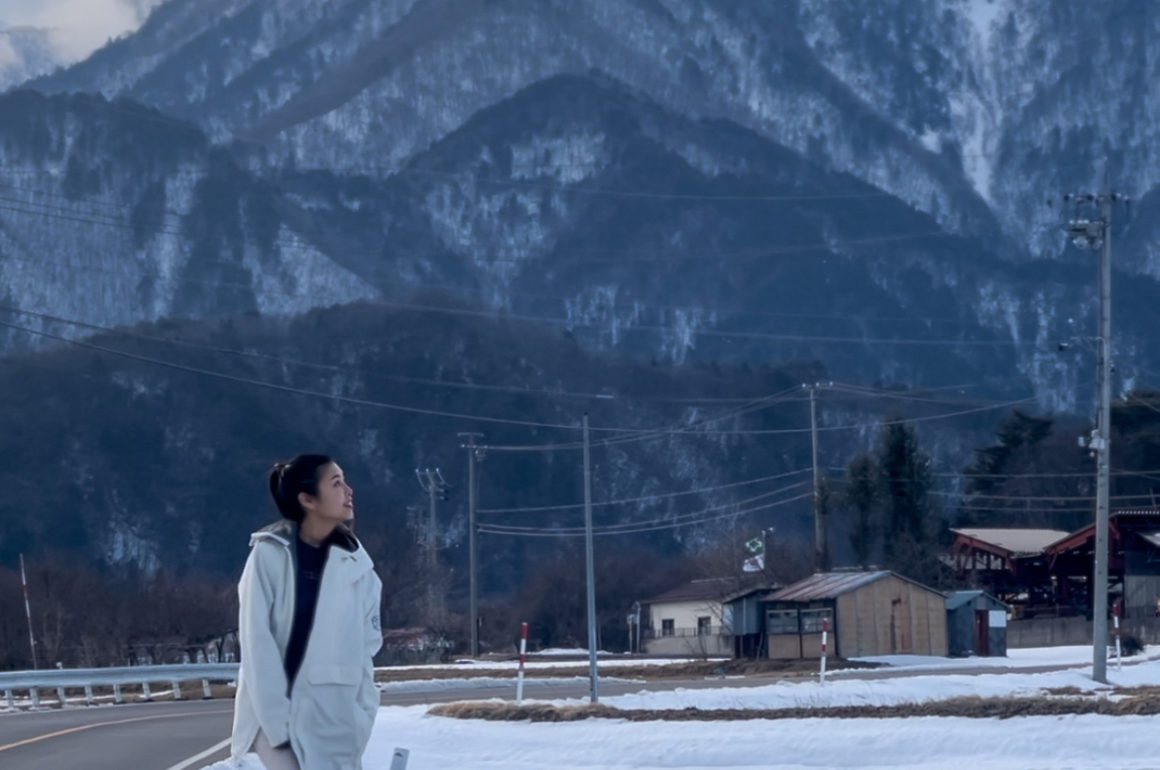
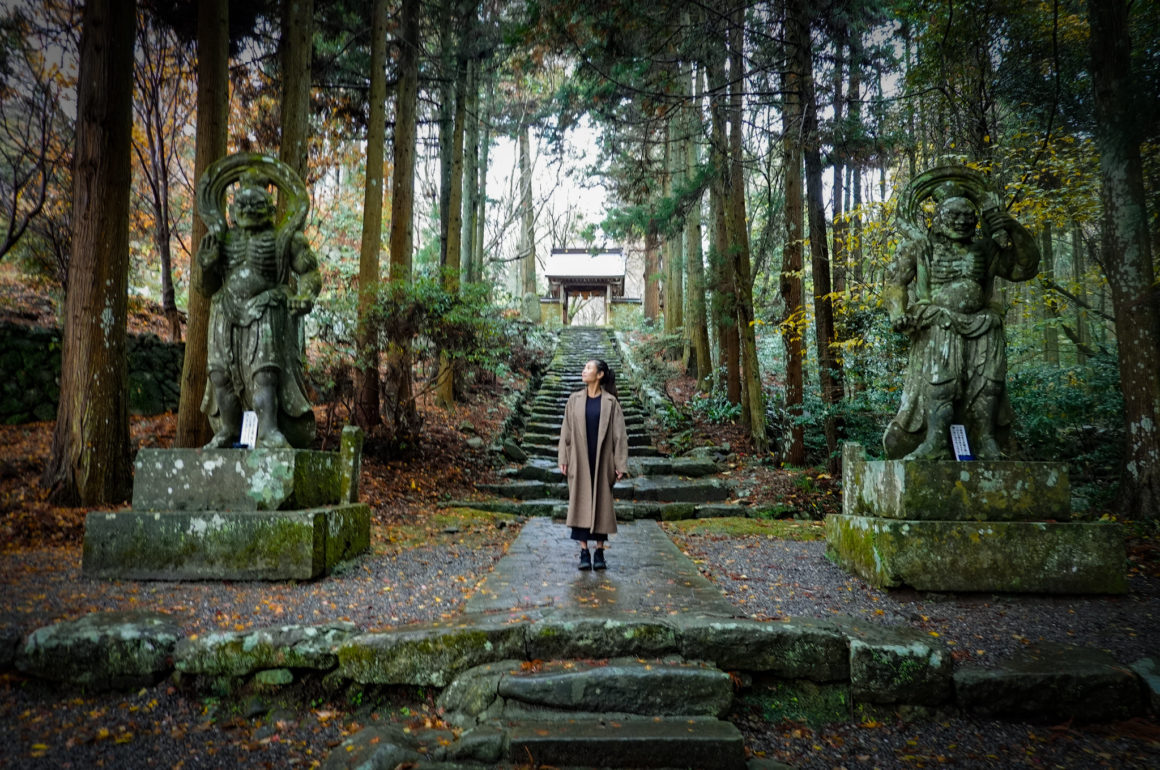



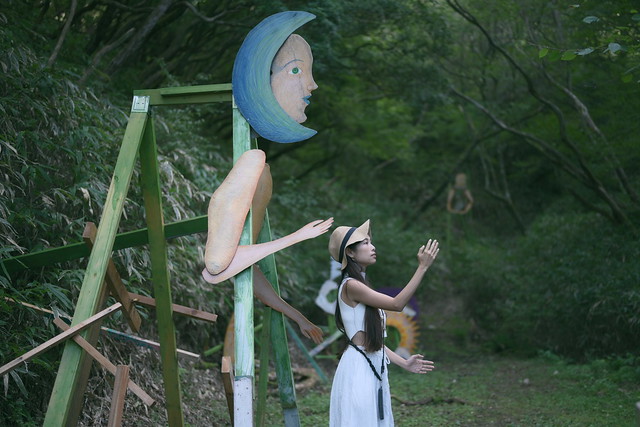
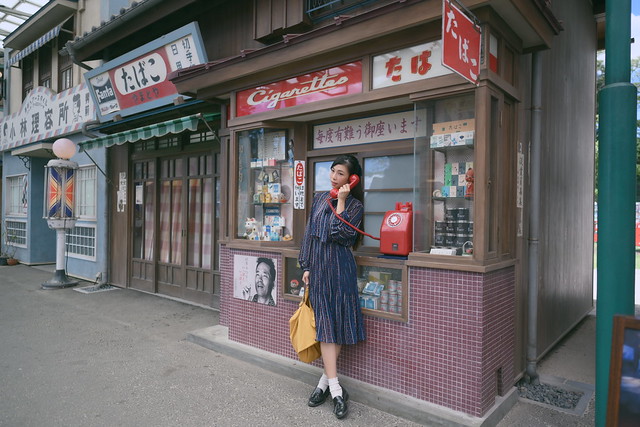



Thanks for teaching me a new Japanese word today, Cheesie! 😀
Sakura looks absolutely adorable! ❤️❤️
–
Charmaine Ng | Architecture & Lifestyle Blog
http://charmainenyw.com
Thanks for always being here 🙂
I love this post! Because I thought I was crazy and being “extra” when I clear my table in food courts in SG. My husband thinks that I have serious OCD LOL but I think he got influenced by me enough that and he is doing the same thing every time we eat out. I hope SG school will teach these small little gestures to our next generations.
Omg that’s really so nice of you!! But you know what, waitstaff will really appreciate more people like you ^^ You are makign someone’s day without realizing. Yes I hope so too, and I think SG is doing great. I’m seeing a lot of little Omoiyari here. 🙂
I love your sharing series and enjoyed learning more about japan and her culture through your daily life experiences. Do blog more about it!
Thank you so much! I’ll be happy to! ^^
I’ve experience omoiyari while i was in tokyo. I bought smth from this shop then sudd the cashier gave me a big bag so that i can put all the stuff that im carrying into 1 single bag. I was so freaking touched by it because i bought 1 small box of pastry but she gave me a big paper bag?
Im so amazed by japanese ppl! Cant wait to go back!
Please do go back!! Actually I think they are super smart to do that because you know why? By putting all your customer’s stuff in a big bag, you are hiding all other brand and displaying your own branding on a big bag haha. I think every shop is Japan is competing to give you the biggest bag LOLOL.
omg i love this post cheesie! and you are right, the itadakimasu was really my fav blog post of yours. thanks for sharing all these values that is not very familiar in my culture. and because of you i’m finally booking my first trip to japan! can’t wait to experience all these awesomeness! thank you thank you!
Thank YOU for loving my posts! I hope you enjoy your first trip to Japan 🙂
I love the concept of Omoiyari! I guess this is the word that embodies something that I always adore about Japan.
I understand when you said you felt teary when you experience it, I also feel touched when people do certain things for me (and its not even in Japan, imagine experiencing it all in Japan, MY PROMISED LAND OMG)
I wished more people can try to learn and do it in their life, esp people in my country. I hate being inconsiderate or troubling others while others seem having no problem doing that lol.
Thank you for sharing Cheesie! <3
Itsumo arigato…
Yes right, everyone thought I’m so kuazhang when I small small thing then want to tear up lol. Don’t worry, by doing your part you are touching more people to do the same too! Let’s spread the Omoiyari spirits! ^^
Omoiyari! 1 of e reason y e husband n i love being back in Japan. We feel upset nt visiting Japan yearly (nw we head to Japan 2x a yr). E culture of being considerate is juz awesome. we often get weird look when we clean up our table, stack our dishes n bring them back to e return area at sg hawker center. while we alway haf to clean up e mess ppl leave behind.
look forward to have Omoiyari culture in sg..
OMG YOUR NAME IS MY FAV FOOD lol.
Yes I think SG has many awesome people like you and your husband!! I’m very sure this culture will spread and become a norm in SG. ^^
I enjoyed reading this post – to learn particularly about this word – omoiyari. In fact my sis and I used to say “好體貼” everytime we encounter these experiences in Japan. Starting from the warm tap water in public restrooms during winter time, the amazing way Amazon pack my shopping items (with tight wrapped plastic and tape it on a flat carton so items inside the box won’t move or wet in any water environment), the cover wrapping for your books/mangas and many more!! Love japan loads!
Thank you Eva. Yes “體貼” is indeed one way to put it!! <3 Speaking of box wrapping, I also love how they use a roll of cardboard paper to fill up the empty space in the dessert box when you buy small cakes and macarons so that they won't tumble around! :D. And warm tap water omg. I really took it for granted cuz it's so normal, until I had to wash my hands with ice cold water during winter XD
Thank you for sharing. Japan is one place I can’t seem to get enough of. The first time I went there with my BF I was shock at how the ryokan always have amazing selection of amenities! I saw the one you posted in your (I think Tohoku?) ryokan, where Junya and Sakura was wearing the super cute kimono. they are really the most thoughtful people to provide rubber bands to tie your hair, room slippers, and even their toilet has this paper seal to show you that it has been properly cleaned for your use. Please blog more so that I can bookmark all your post when I visit next!
Thanks for remembering! It’s in Okayama prefecture ^^ and yes, ryokan amenity is really first class! 😀
I remember I went to Muji in Japan and bought some something very small that only costed around 700plus yen. The staff saw I was struggling with 大包小包… and she offered to repack my purchases from other shop along side with my purchase at Muji into a huge plastic bag. I was really grateful at her small gesture for noticing details like this.
T__T please come back soon.
In California, Asians, especially chinese immigrants, have a bad reputation for being super cheap and inconsiderate while also being very demanding. Like they are the type to go to an all you can pick fruit orchard and pick a ton of fruit, eat a ton of it, and then walk out without paying for a single piece of fruit. While it is stereotypical, I can’t help but sympathize when orchard owners get nervous when they see me (to be fair, other races do that too but Chinese people usually travel in huge packs so it’s a lot more noticeable). My husband worked at a car dealership and one time, a bus full of Chinese tourists pulled up and were loitering while they waited for refueling. All the aunties and uncles invaded the dealership and drank all the free coffee, took all the complimentary bottles of water and fruit, and trashed the restroom – they even had the thick skin to ask for test drives of the most expensive cars for fun!
So because of that, I try to be a lot more courteous and polite to dispel those negative stereotypes. My family always tip a lot at restaurants (and even tipped guys who install our washing machine/fridge even though it’s not expected), we politely point out mistakes in our order but we don’t nag or complain about it, and my husband always neatly stacks the dishes and wipes the tables. I don’t know if it would really be considered omoiyari but I do it to soothe the feelings of anyone who has had a bad experience with those shameless/cheapskate individuals.
Thank you so much for sharing and it’s really admirable how you are doing extra just to help leave a better impression against negative stereotype. I totally can relate, I’m often told by friends to not speak mandarin in foreign countries so avoid being immediately stereotyped. I hope with more considerate and generous people like you and your family it creates a good cycle in the tourism scene and society in general ^^
I’ve been reading your past blog entries and read your forever alone post in Dec 2011 and in 2012 you were engaged and married.
What a difference a year makes.
What is your advice to people who are going through difficult times?
It’s easy to say that it gets better but so difficult to believe it when it’s been 2 years of being down in the well.
Hi Amy, thank you so much for sharing. Yes I agree that it’s easy for someone to say time will heal, look at the bright side (i hate this haha), etc. But for me personally the only way I could pull myself away from a negative bad spiral is to keep on reminding myself to be grateful for the things I still have in my life, and that it could have been worse. Little things. One step at a time. One day at a time.
Number 2 (Paper bags at retail stores) very very very much!
I was shopping in Shibuya, and was carrying many paper bags. Then I visited Muji, and at the cashier, the girl very kindly take all my other smaller bags and put them in a bigger bag, and also taped a soft foam wrap on the handle so the heavy bag wouldn’t hurt my hands.
And I only bought a few items from Muji (not even 3000yen I believe). This level of omoiyari is unbelievable, and I see it every time I visit Japan. <3
Thank you for sharing Eiko! Another comment about Muji, so it must be a really thoughtful company. 🙂 I love Muji. 🙂
This is by far the best and most detailed explanation of omoiyari I’ve come across after scouring the web for something to share with friends. Thank you for this!